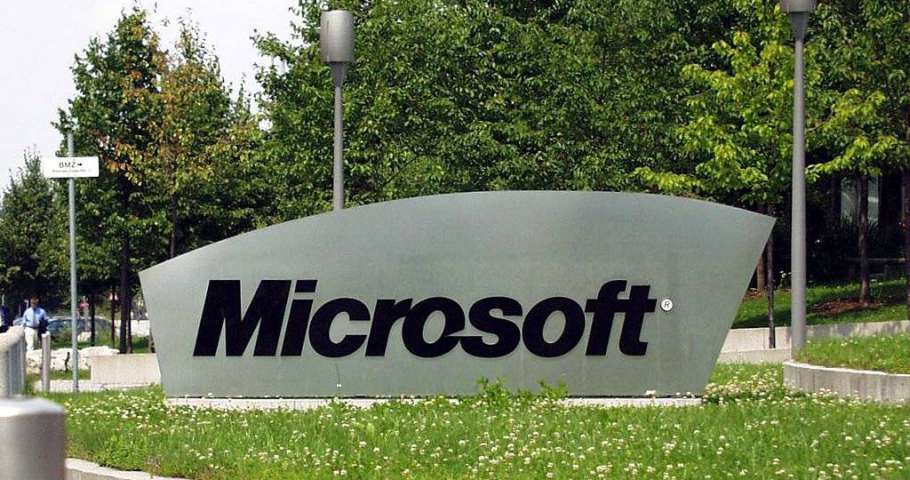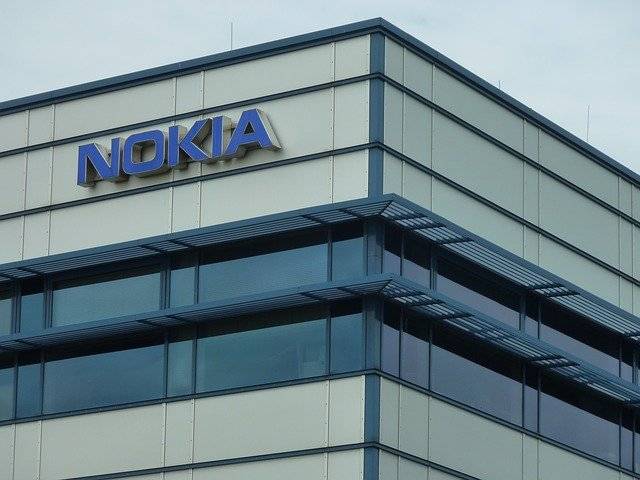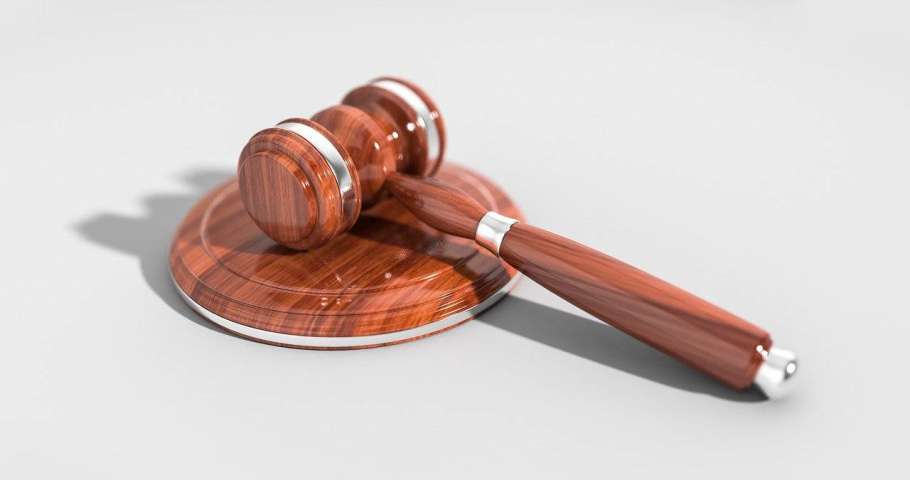In a recent patent battle, InterDigital, the patent licensing company, lost its appeal to revive patent infringement suits against Microsoft and ZTE’s phone unit (previously NOKIA). InterDigital had been fighting with Nokia over royalties for over 7 years before Microsoft inherited the fight when it purchased Nokia’s mobile device business. After the ruling, InterDigital’s share price came down by 3.4% to US$ 49.14.
InterDigital had filed a lawsuit against Microsoft and ZTE claiming they had infringed on 5 of its mobile phone technology…










